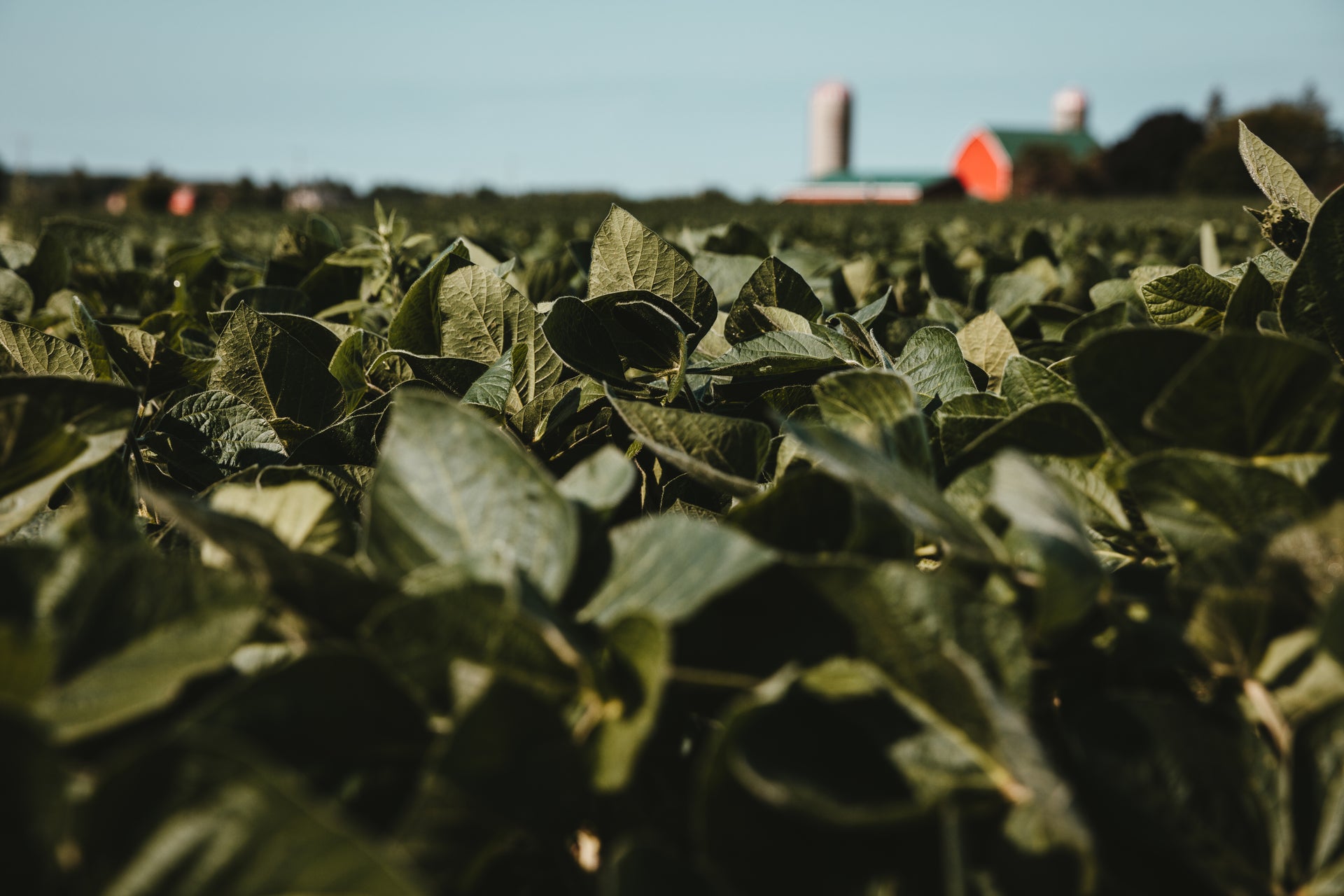Crop Spraying
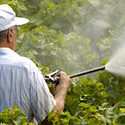 The safety of crop spraying is reliant on measurements of relative humidity, wind speed and wind direction, these measurements are also critical for maximising the effectiveness of the spraying process. This is also a heavily regulated area with many regions specifying maximum permitted wind speed when spraying to minimise spray drift.
The safety of crop spraying is reliant on measurements of relative humidity, wind speed and wind direction, these measurements are also critical for maximising the effectiveness of the spraying process. This is also a heavily regulated area with many regions specifying maximum permitted wind speed when spraying to minimise spray drift.
Every single Kestrel model offers fast and certified-accurate wind speed measurements in a unit that fits conveniently into your pocket, making it easy to be in full regulatory compliance. In hot, dry conditions, evaporation can send your expensive chemicals uselessly into the air rather than onto your crops. In these conditions, selecting an appropriate nozzle and increasing the spray droplet size can minimize costly evaporation. Kestrel models are available to measure dry bulb temperature, wet bulb temperature, Delta T, relative humidity and dew point temperature. Every Kestrel humidity measurement uses our patented fast-acting humidity sensor with accuracy guaranteed through a two-point calibration. Wet bulb temperature is pressure-corrected to ensure accuracy even at high altitudes and low humidity.
If your application requires documentation of the weather conditions, use the Kestrel 5000‘s 2000-point memory to conveniently store all environmental information with the single press of a button, and later upload your stored data to a computer to create a log of spraying conditions (requires optional interface).
Barn Ventilation
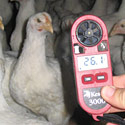 Environmental control is key to ensure the health of livestock. Effective ventilation and temperature and humidity control of livestock facilities is fundamental and can reduce disease and prevent stock loss, as well as improve your rate of gain and feed-conversion efficiency.
Environmental control is key to ensure the health of livestock. Effective ventilation and temperature and humidity control of livestock facilities is fundamental and can reduce disease and prevent stock loss, as well as improve your rate of gain and feed-conversion efficiency.
A Kestrel 3000 Pocket Weather Meter allows you to measure the key parameters – air velocity, temperature, and relative humidity and due to its compact size this can be done right next to the livestock and the environment they are experiencing. Complete with an optional rugged carry case that can easily be clipped to your belt, the Kestrel 3000 will always be close at hand to ensure you can complete spot checks efficiently whilst improving your stocks safety and health.
Viticulture
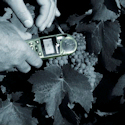 Vineyard managers need essential environmental conditions data to maximise the harvest and minimise vine damage. The Kestrel 3000 monitors the key parameters of wind speed, air temperature, relative humidity and dew point right next to the vine. This helps determine the frost protection requirements in the key spring and autumn seasons. If the air is dry (low dew point) heat loss will be greater than when the air is moist, and the threat of a radiation freeze goes up. Dew point and temperature also affect leaf wetness, which influences the development of downy mildew. The Kestrel‘s wind speed readings ensure that spraying is done safely and effectively during appropriate environmental conditions.
Vineyard managers need essential environmental conditions data to maximise the harvest and minimise vine damage. The Kestrel 3000 monitors the key parameters of wind speed, air temperature, relative humidity and dew point right next to the vine. This helps determine the frost protection requirements in the key spring and autumn seasons. If the air is dry (low dew point) heat loss will be greater than when the air is moist, and the threat of a radiation freeze goes up. Dew point and temperature also affect leaf wetness, which influences the development of downy mildew. The Kestrel‘s wind speed readings ensure that spraying is done safely and effectively during appropriate environmental conditions.
A Kestrel Pocket Weather Meter is also a valuable tool when planning your vineyard. Tracking conditions at potential vine locations can help you develop an accurate understanding of your property’s microclimates and select the varietals and growing sites that will ensure success.
Crop Harvesting
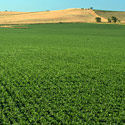 Choosing the best environmental conditions to harvest crops maximises the harvest and the crop quality. The Kestrel Pocket Weather Meter helps farmers track the current and predicted climatic conditions. Whatever the crop you grow, a Kestrel Pocket Weather Meter (such as the Kestrel 3500) makes it simple to monitor field conditions from your pocket in real-time to pinpoint the ideal conditions for maximising your harvest and crop quality. Rugged, portable and simple to use, it also comes at an affordable price.
Choosing the best environmental conditions to harvest crops maximises the harvest and the crop quality. The Kestrel Pocket Weather Meter helps farmers track the current and predicted climatic conditions. Whatever the crop you grow, a Kestrel Pocket Weather Meter (such as the Kestrel 3500) makes it simple to monitor field conditions from your pocket in real-time to pinpoint the ideal conditions for maximising your harvest and crop quality. Rugged, portable and simple to use, it also comes at an affordable price.
Livestock Heat & Cold Monitoring
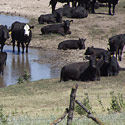 Heat stress can cause reduced productivity and even death in livestock. The effects of severe heat stress are often seen in the form of reduced reproductive performance, reduced daily weight gain and reduced milk production. By using a Kestrel to monitor temperature and humidity, and referring to the heat index appropriate for your livestock (indices exist for cattle, swine, turkeys and laying hens), a farmer can take necessary cooling measures in time. Cooling measures include increasing ventilation, making plenty of drinking water available, misting the animals, avoiding transport and movement, and withdrawing feed.
Heat stress can cause reduced productivity and even death in livestock. The effects of severe heat stress are often seen in the form of reduced reproductive performance, reduced daily weight gain and reduced milk production. By using a Kestrel to monitor temperature and humidity, and referring to the heat index appropriate for your livestock (indices exist for cattle, swine, turkeys and laying hens), a farmer can take necessary cooling measures in time. Cooling measures include increasing ventilation, making plenty of drinking water available, misting the animals, avoiding transport and movement, and withdrawing feed.
Every Kestrel model, from the Kestrel 3000 and up, includes a heat stress index measurement, ensuring you know when to take appropriate cooling measures in time to prevent sickness and loss.
Wind chill is equally important in the winter. A cow’s energy requirements are estimated to increase 1% for each degree the wind chill is below 32°F, and the effect is even more severe for a wet cow. These increased energy requirements have to be made up in additional feed or the animals will fail to thrive.
Every Kestrel model from the Kestrel 2000 and up includes wind chill measurement, letting you know when it is critical to provide additional feed energy and/or wind protection.

